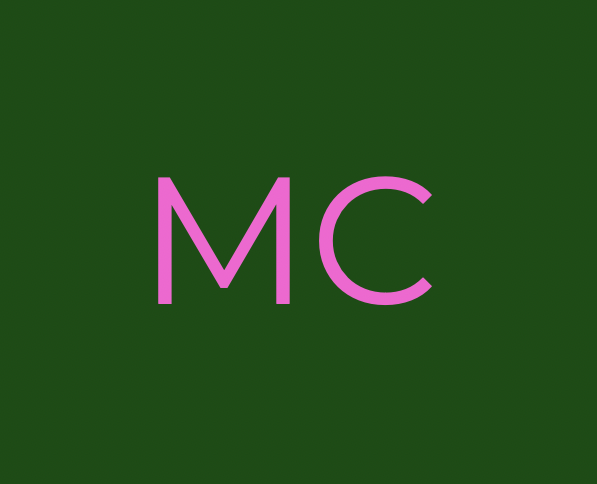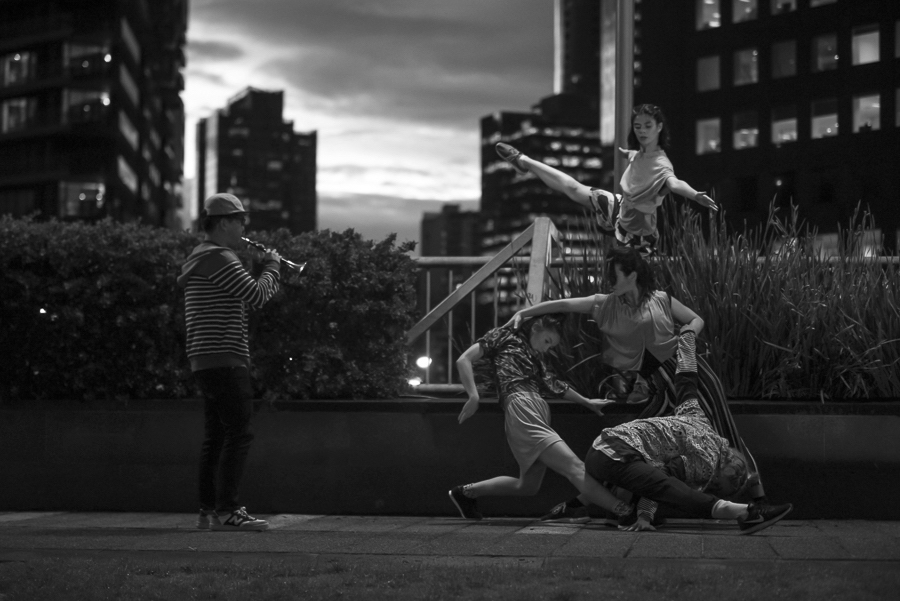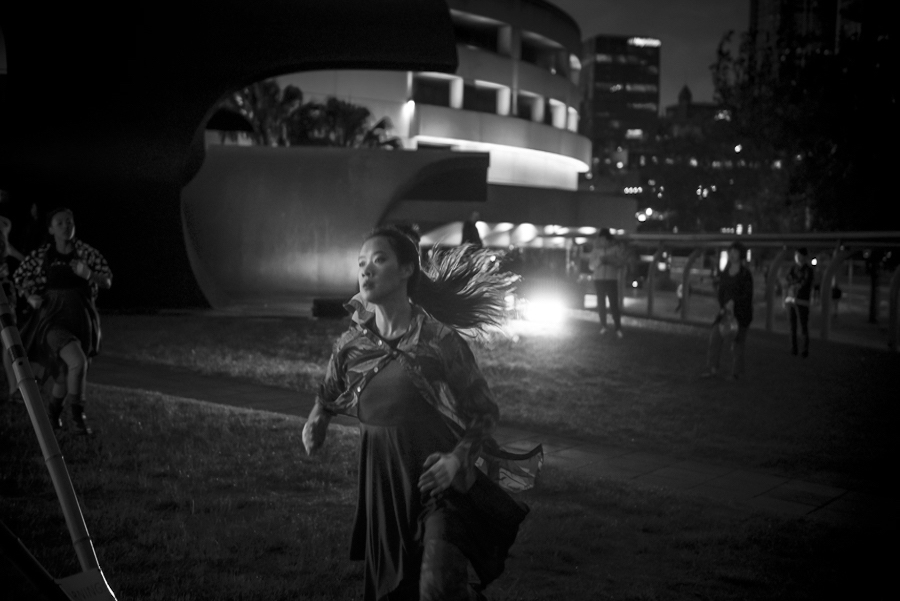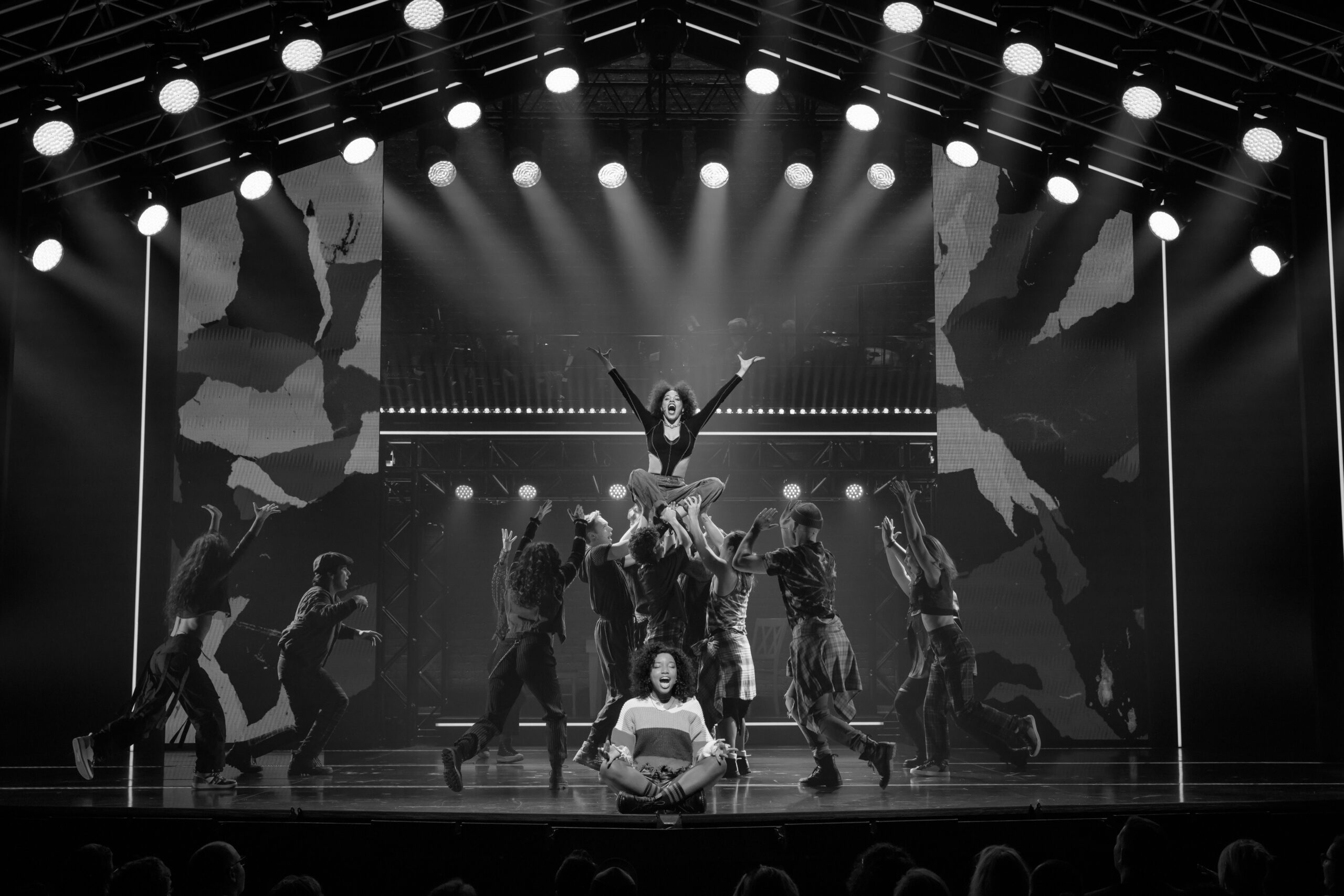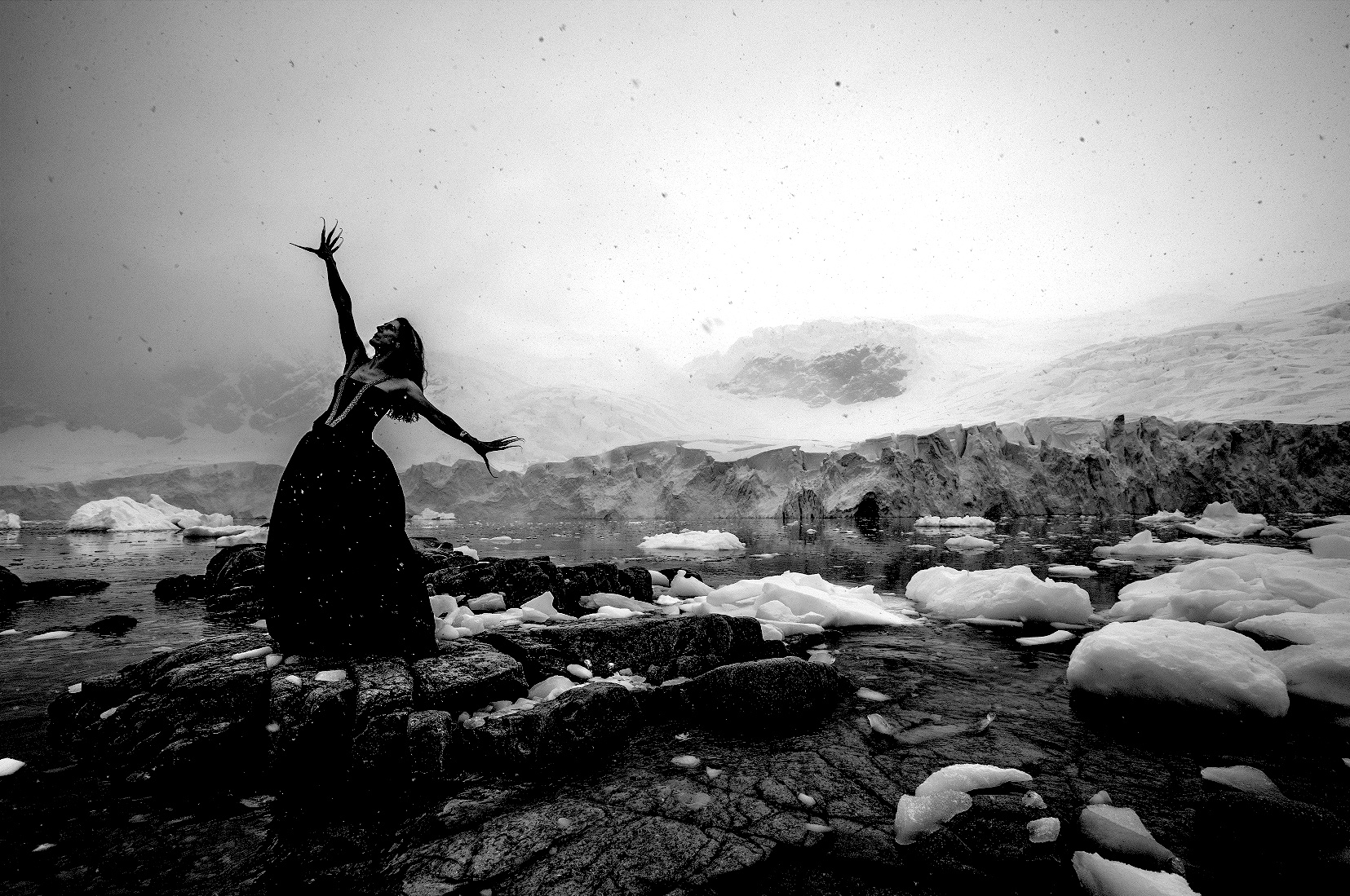FIRE MONKEY
Fire Monkey refers to the Chinese lunar calendar that marks 2016 as the Year of the Monkey under the element of fire. The universal myth of fire not only ignites common stories among different cultures, it also enables creative dance making through mapping of ancient memories with contemporary reflections. ‘Since the election of Trump in 2016, many of us are still struggling with the consequences and maintaining our own fight to bring balance back to refugee diasporas and economic slow-down,’ says choreographer Victoria Chiu whom spoke with The Melbourne Critique, about creative process, the rise of the Far Right and what the world would look like, without art.
Victoria, introduce us, first to your practice: what compels you as an artist to create work, and where it is you seek inspiration?
I’m Victoria Chiu, a movement artist. In my practice and work I seek possibilities for change in contemporary Australian society. I am interested in using the body to re-define the Australian Identity, imagining society as a place where the majority of the population values the arts, and a place where diversity is a given, rendering colonial influence over ideas and identities obsolete.
My choreographic journey began with short works questioning social conditioning. This led to full-length works with Cie Jozsef Trefeli in 2010, with Roland Cox in 2012 and as Dancehouse Housemate in 2013. In 2011 my son was born; from this time I began exploring concepts of family, history and cultural identity. In 2015 I presented ‘Do You Speak Chinese?’ (DYSC) in a critically acclaimed, sell-out season at the Malthouse in Dance Massive. Researching DYSC, I collaborated with Kristina Chan and began movement research, unravelling disconnection to my Chinese heritage in the context of growing up in the post White Australia policy Australia.
The work I’m currently researching is a collaboration between Australian and Shanghai artists; it has led me on a journey through my grandmother’s history escaping from Japanese occupied Shanghai in WWII. The work hinges on the body’s response to specific locations, both geographical and in the body, and uses memory to conjure precise moments in time and situate them in chosen, defined spaces. The places and times chosen will relate to moments that reveal cultural traits in how we deal with our connections to the past from a contemporary perspective.
Fire Monkey- talk to us about this performance, its conceptual framework, and its cross disciplinary methodology?
Fire Monkey came to life after I met Angela Liong as part of a delegation to Singapore Dance Exchange. Her company Arts Fission not only maintain excellence creatively and physically with dance, but also have interests in working on different sites, on the land, with the community and putting contemporary voices to cultural traditions.
The first installment of Fire Monkey gave it its name, it was 2016 the year of the Fire Monkey. The year Trump was elected, Australia escalated stopping the boats and cut arts funding, Brexit was brewing, Syrian images were heartbreaking. We performed it outside the Arts Centre with the sun going down for MAV’s Mapping Melbourne. Angela and I used the feeling of world upheaval and used it to bring dance together with live music.
We are now only 2 years on and already reflecting on that time. From 2018 we want to insist a better balance can be found in the world and we do it the way we know how, through the body. Collectively we look back to ancient myths, transformation brought through burning, chance, change and creating a space of welcoming. We are bringing the incredible dancers and musicians together again with the support of Darebin Arts Spekeasy and transforming the work into the Northcote Town Hall.
Acknowledging change is an important sentiment; we are letting the movement change according to the new time we are in, 2018, as well as, the new space. We are welcoming change and welcoming all into the space we create. We also acknowledge we are dancing on Aboriginal land that was never ceded and pay respect to the first inhabitants, traditional custodians of the land we dance on.
How distinct do you think the difference between art and culture actually is? And, in context, how is dance otherwise viewed by other cultures outside of Australia?
The difference between art and culture can be subjective. For me, especially right now, there is no difference. It is what is driving the art I’m making and the hostility towards ‘other’ cultures: creating a racist, aggressive environment is not a place I want my kids to grow up in. I am not rich or in a high position in a corporate world so don’t wield huge power over much, but, in any way I can, I don’t want cultural bullies to think it’s ok being instantly defensive and aggressive because someone doesn’t cook the same as you, talk the same as you, wear the same clothes as you, love the way you love; it is not cool.
My dance culture incorporates all of me, when I work with people I invite all of them into the process and respect and trust is essential. In this way, though Angela and I naturally have different ways of creating and, are inspired by different things, in the process we come into the collaboration with a lot of respect and trust and the differences become really beautiful.
What should audiences come expecting from this performance, and what do you hope they walk away having experience or felt?
Audiences can expect to witness a high-energy yet poignant collaboration. As the whole show is accompanied by 4 live musicians the audience will have live vibrations moving through them, a well as, being surrounded by 10 dancers who are constantly changing spaces. It will be exciting. Audiences are given autonomy to view the show from wherever you like; you can follow your own path – so each audience member will share common moments from the show, but as a whole see a different show to one another.
We hope they walk away touched by the energy of change and hope; possibly a little excited by what is possible, too.
Tomorrow, if you awoke to a world with out art and culture, how would you imagine this new place to be, and would you be able to survive?
Absolutely not. It would already make sense for me to change my life, with 2 kids now.. working directly with culture and art… Is not easy but is always rewarding. When these types of projects get off the ground and happen, it’s amazing. It really is the antithesis of a liberal party spill and, knowing that art is out there being valued, makes every revolting racist or sexist comment from someone like Trump’s mouth bearable.
